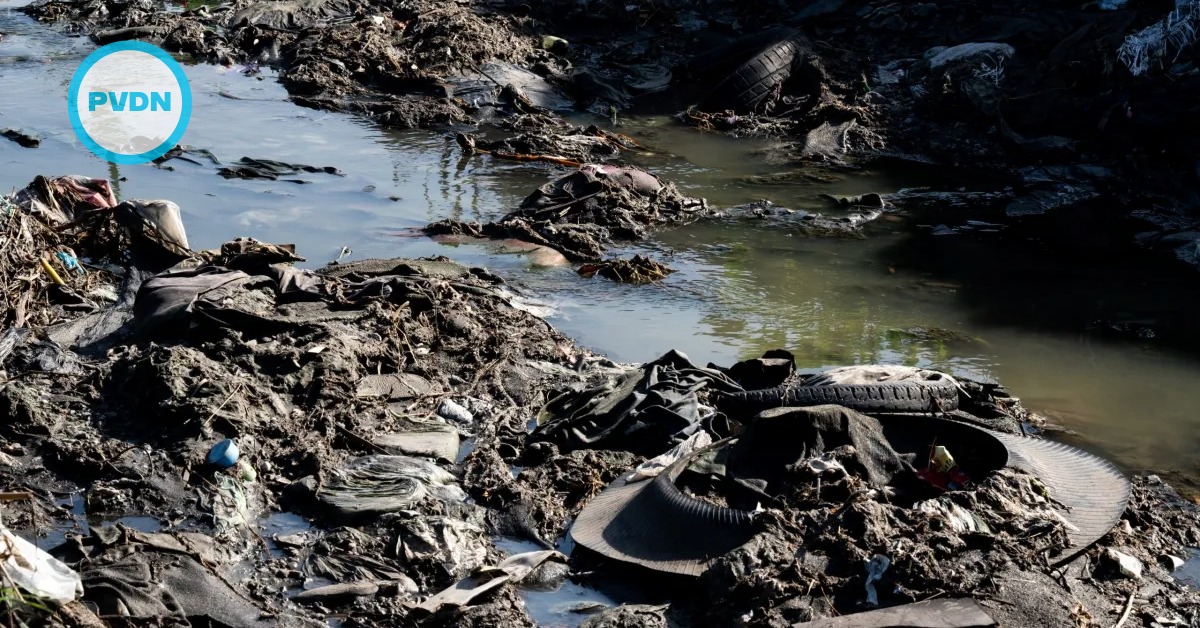Jose Luis Millan found a new crop of star employees at an upscale Tijuana car wash where customers cross the border from the U.S. to pay up to $950 to have their prized possessions steamed and scrubbed for hours. They’re never late, always hustle and come in on days off to learn new skills, traits that he says make them a model for their Mexican counterparts.
They are among several thousand Haitians who came to Mexico’s northwest corner hoping to cross the border before the U.S. abruptly closed its doors last year. The Mexican government has . . .







